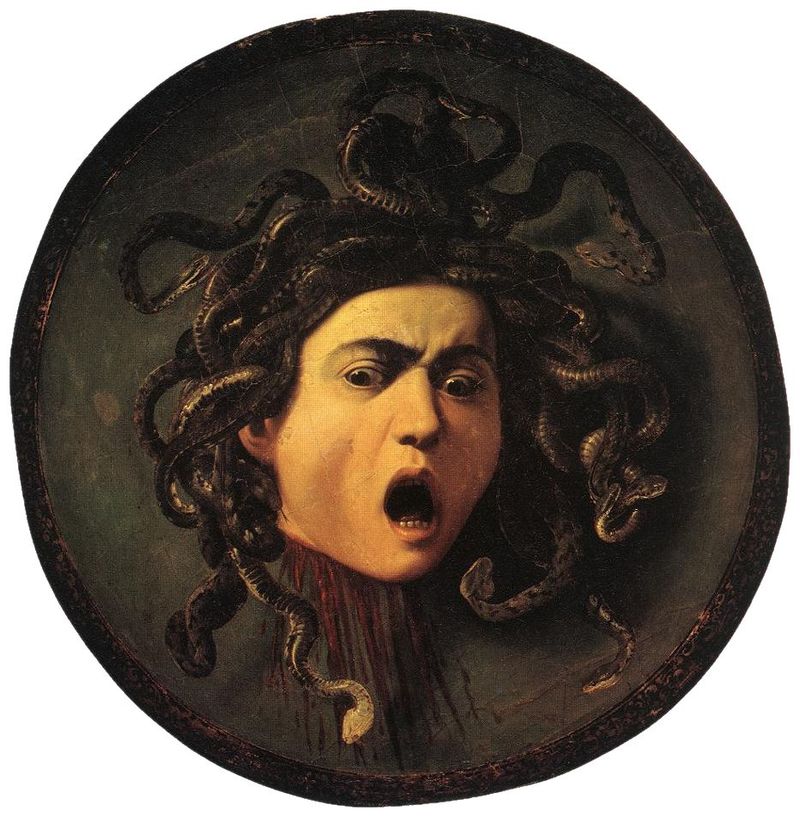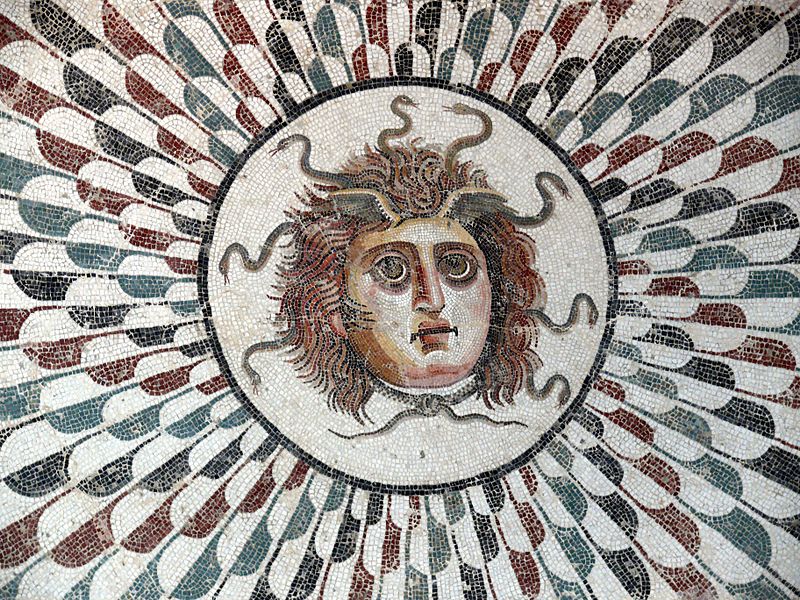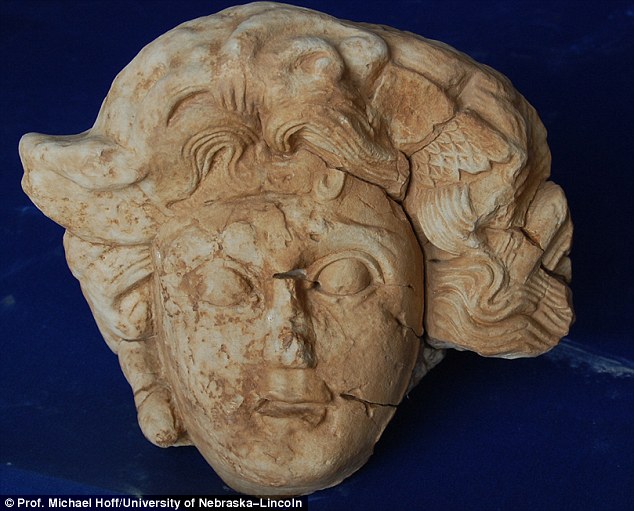An ancient Roman Medusa statue has recently been unearthed in Turkey. The sculpture is only part of Medusa’s face and was found in the ruins of an ancient Roman city.
Medusa is generally known for having serpents for hair, and the belief that if anyone would look into her eyes they would be turned to stone. What is ironic is that the sculpture is made of stone and it was sculpted in order to fend off evil.
The sculpture was found at Antiochia ad Cragum, which is a Roman city. When the city was thriving, it was the first to have first-century bathhouses. It also had shops, a market, a theater, and a mosaic complex.
As the sculpture was examined, it was found to have been broken up into small pieces over time. With 3D photogrammetry, historians were able to put the pieces back together. This was done at the University of Nebraska. After doing more research, many historians and researchers believe that the statue was once located on top of a small temple. To determine the use for the statue, they studied the size and the medium that was used.
With the head in the center, four pieces of the building it was attached to surround the Medusa. These larger pieces of the building helped Dr. Hoff and his crew decide that the statue did actually belong to a building that was important to the city. Because the researchers believe that the statue was used on top of a temple, it is understandable that it could have been tasked with fending off evil, making it a target for destruction by Christian crusaders.

A ruin site in a Libyan city that is one of the biggest cities known in the fourth century has some of these same Medusa heads on pillars. Those statues, unlike the one in Turkey, are almost perfectly intact and serve as a good comparison for researchers and historians. The extent of the pillars’ distribution show just how important Medusa was to civilizations of Roman times.
What historians see as miraculous is that the statue has survived so many years, especially considering the Christian campaign during which many pieces of pagan art were destroyed. One of the University of Nebraska-Lincoln’s art historians compared the Christian destruction of ancient art to that being done currently by ISIS. The art work that was destroyed was put into a lime kiln; burned to be turned into mortar as Christianity had become the official religion in the Roman Empire during the fourth century. Dr. Hoff and his team found evidence of this process; they found sculpture parts and even parts of the kilns that were used to make the pieces into mortar.
Many researchers and historians do not know much about the ancient city of Antiochia. They only know that it was a settlement that was located in what is now known as Gazipas. Dr. Hoff believes that the city could have been used as a trading post and was also known for the making of wine and glassware. He believes it was one of the wealthier cities of the Roman empire, based on what he and his team found in the ruins. In 2012, he and his team found a geometric poolside mosaic that measured up to 1600 square feet, along with a marble head that once belonged to a full-bodied Aphrodite. The mosaic is fully intact, which is amazing considering all of the small pieces that make up its entirety. The fact that many of the pieces never dislodged over time is extraordinary. Dr. Hoff and his team will hopefully return again to investigate the city’s council house, where they expect to be able to look through the ruins of the markets and theaters.

Lead image@ Prof Michael Hoff
